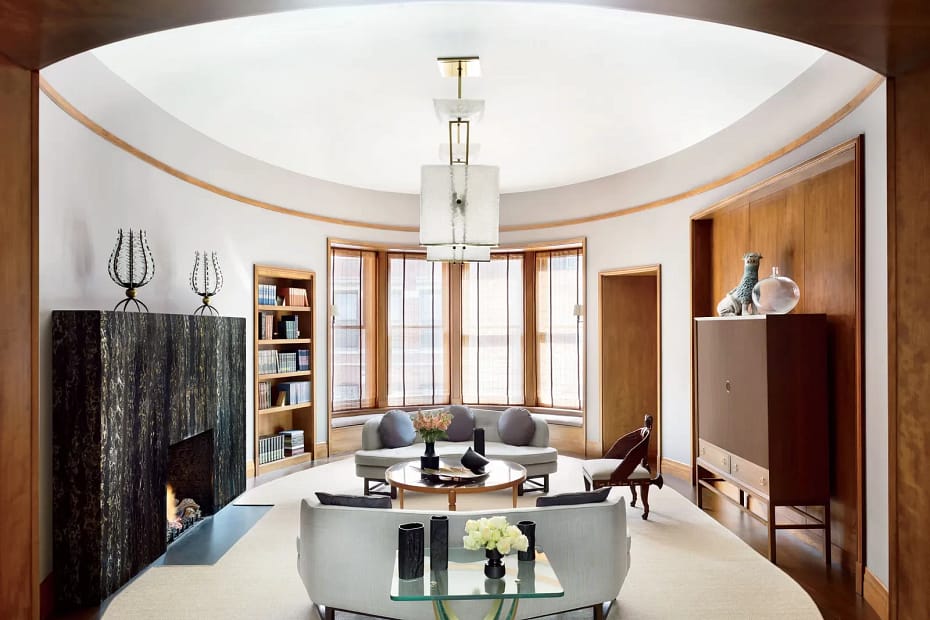Architecture and fashion, two distinct design disciplines, may seem worlds apart at first glance. However, upon closer examination, it becomes apparent that they share common threads and intersect in fascinating ways. This article delves into the connections between architecture and fashion, exploring how these disciplines influence and inspire each other to create innovative designs and shape our built environment and personal style.
Aesthetic Expression and Form
Both architecture and fashion are forms of aesthetic expression that reflect cultural trends, societal values, and individual identities. Architects and fashion designers alike draw inspiration from their surroundings, history, and contemporary art to create designs that resonate with their audience. Whether it’s a towering skyscraper or a couture gown, the form, shape, and lines of a design convey meaning and evoke emotions.
Materiality and Texture
Materials play a crucial role in both architecture and fashion, shaping the tactile experience and visual impact of a design. From concrete and steel in architecture to silk and leather in fashion, the choice of materials influences not only the aesthetic qualities. But also the functionality and durability of a design. Architects and fashion designers often experiment with unconventional materials and innovative techniques to push the boundaries of their respective fields and create unique textures and surfaces.
Scale and Proportion
Scale and proportion are fundamental principles in both architecture and fashion design. Whether designing a building or a garment, designers must carefully consider scale in relation to human interaction and spatial experience. Just as architects design spaces that accommodate human movement and interaction, fashion designers create garments that flatter the human body and enhance the wearer’s silhouette. Both disciplines employ principles of proportion to achieve balance, harmony, and visual interest in their designs.
Cultural Influence and Identity
Architecture and fashion are deeply intertwined with culture, history, and identity. Architectural styles often reflect the cultural heritage and traditions of a region. While fashion trends evolve in response to cultural shifts and social movements. Architects and fashion designers draw inspiration from diverse cultural sources, incorporating motifs, symbols, and craftsmanship into their designs to celebrate heritage and foster cultural exchange.
Innovation and Technology
Advancements in technology and digital design have revolutionized both architecture and fashion, opening up new possibilities for creativity and experimentation. Architects use computer-aided design (CAD) software and parametric modeling tools to explore complex geometries and optimize building performance. Similarly, fashion designers leverage digital technologies to prototype designs and create custom-fit garments with precision.
Sustainability and Ethical Design
In recent years, sustainability and ethical design have emerged as prominent concerns in both architecture and fashion. Architects are increasingly incorporating sustainable materials, passive design strategies, and renewable energy systems into their projects to minimize environmental impact. Likewise, fashion designers are exploring eco-friendly materials, ethical supply chains, and circular design principles to reduce waste and address social and environmental issues in the fashion industry.
Collaboration and Cross-Pollination
The intersections of architecture and fashion extend beyond mere parallels—they offer opportunities for collaboration and cross-pollination between disciplines. Architects collaborate with fashion designers to create immersive spatial experiences, such as pop-up installations and exhibition spaces. Conversely, fashion designers draw inspiration from architectural forms and motifs to create avant-garde collections that blur the boundaries between clothing and architecture.
Conclusion
The intersections of architecture and fashion reveal the interconnectedness of design disciplines and the rich tapestry of influences that shape our built environment and personal style. By exploring the common threads between these disciplines—such as aesthetic expression, materiality, scale, cultural influence, innovation, sustainability, and collaboration. We gain a deeper appreciation for the transformative power of design to shape our world and inspire creativity across disciplines. As architects and fashion designers continue to push the boundaries of design, we expect to see further exploration and innovation. Leading to new possibilities and unexpected discoveries in the realm of design.
More on INJ Architects:
Sustainable Building Materials: Trends in Eco-Friendly Construction

